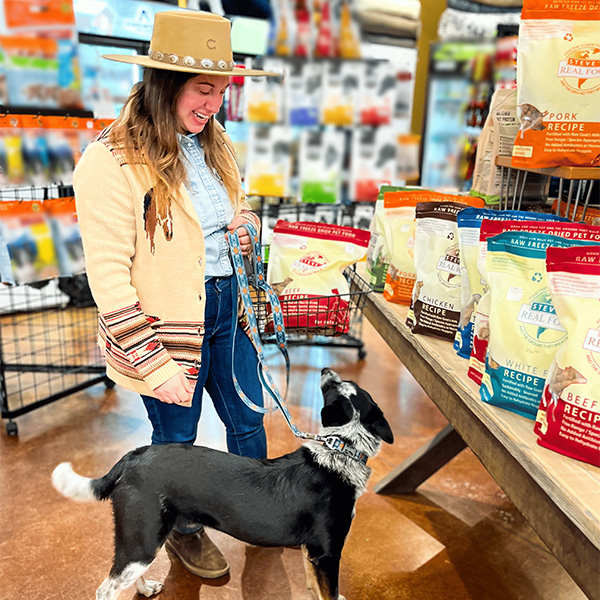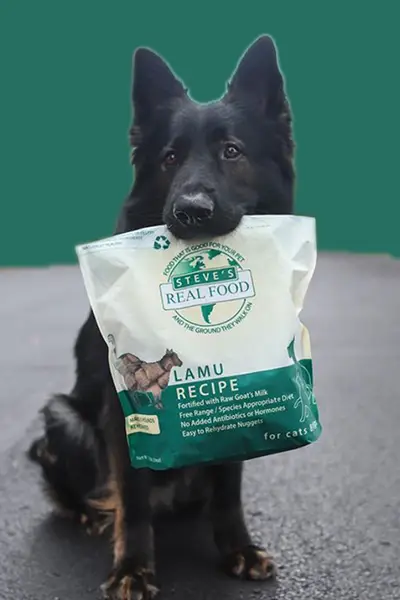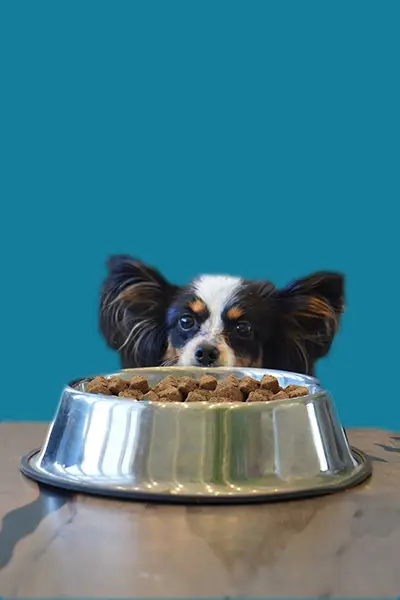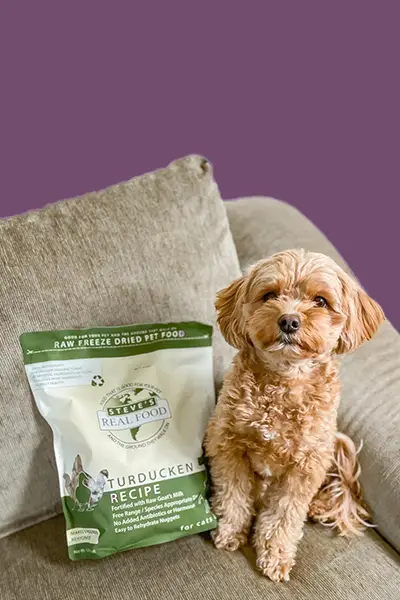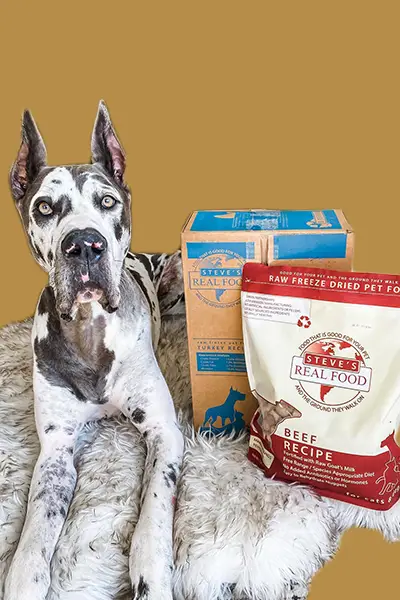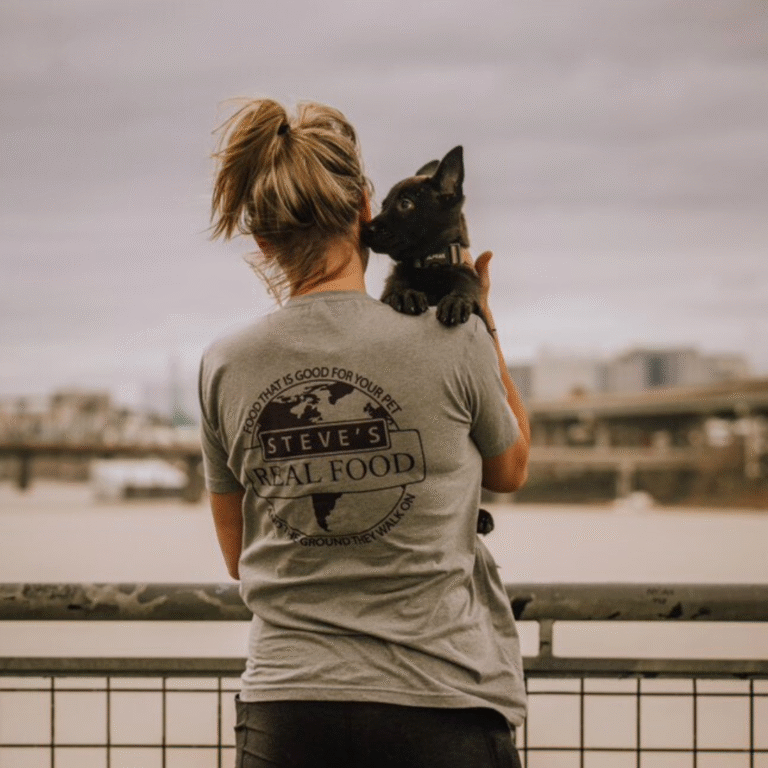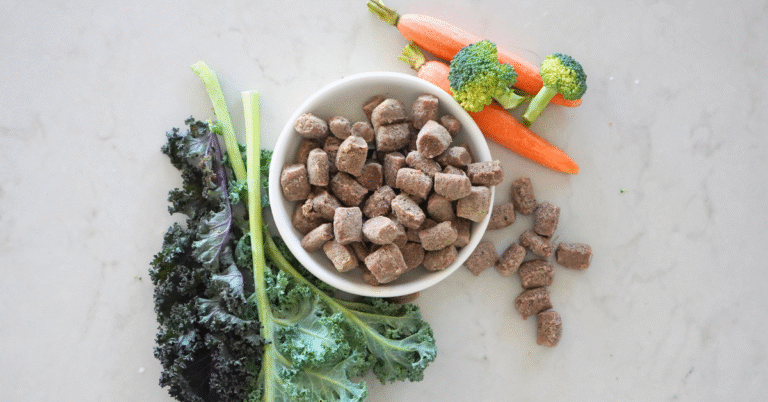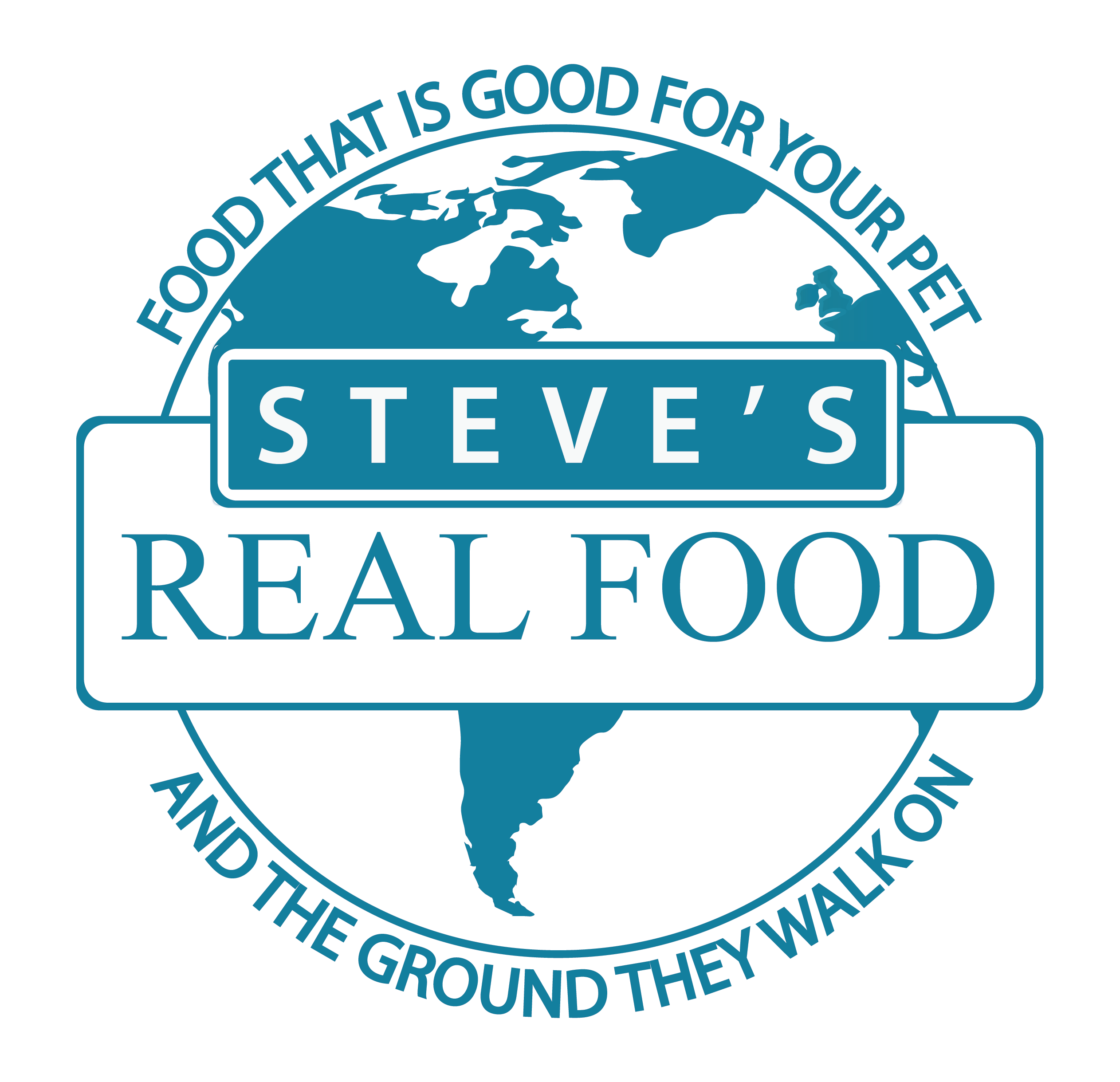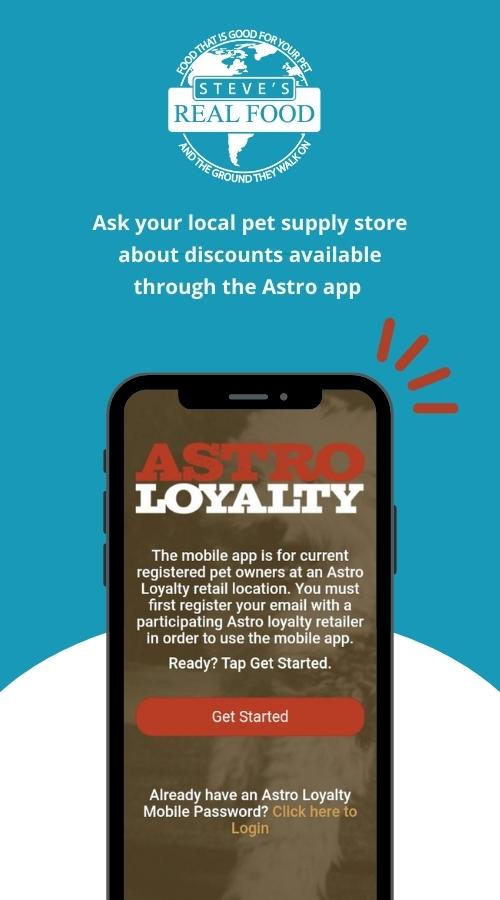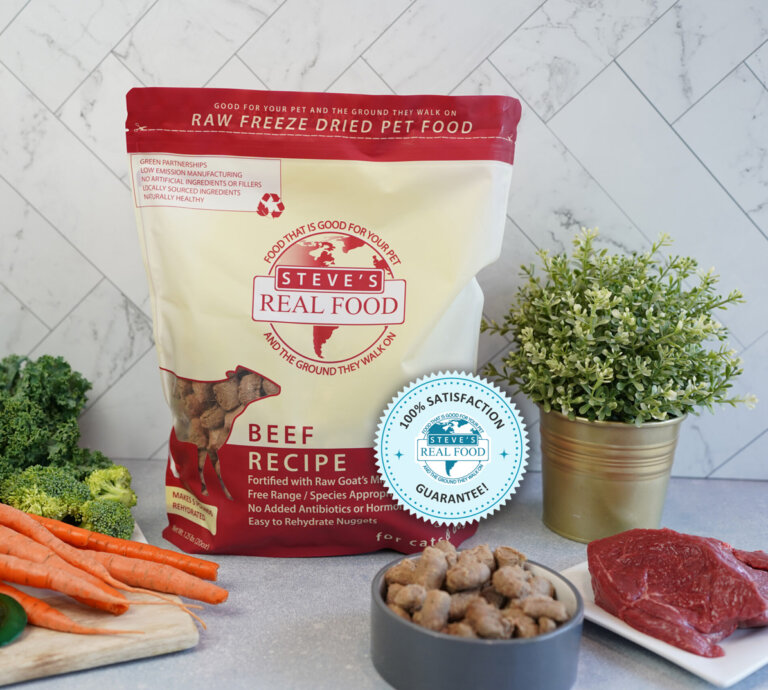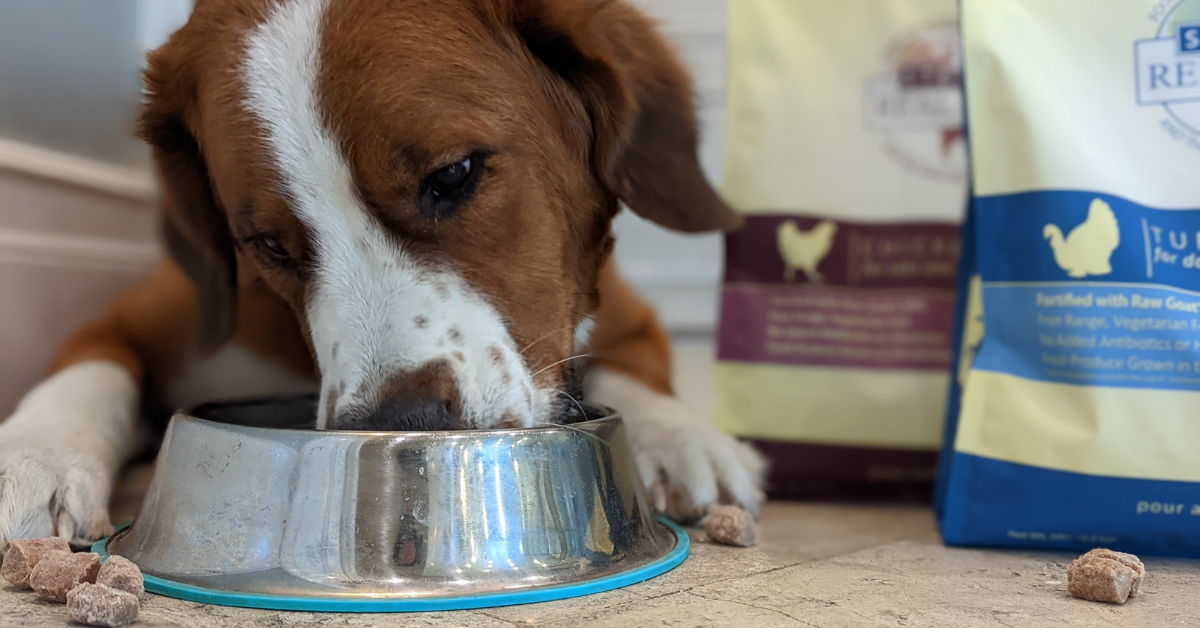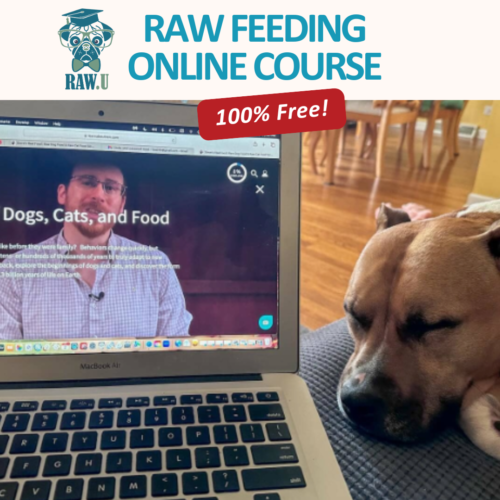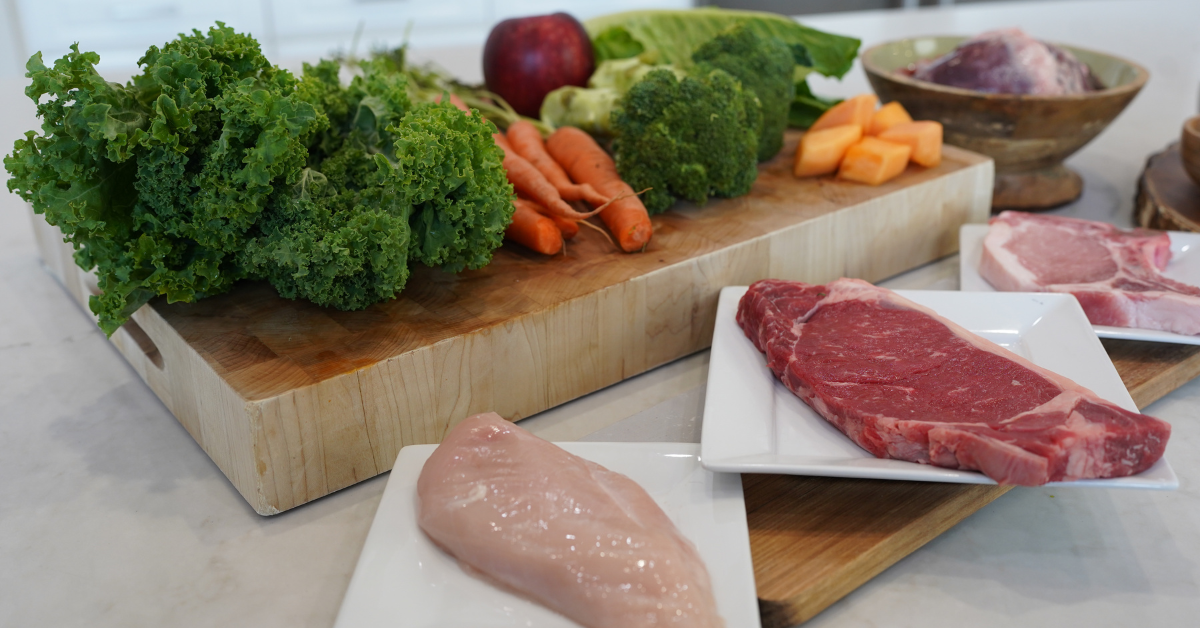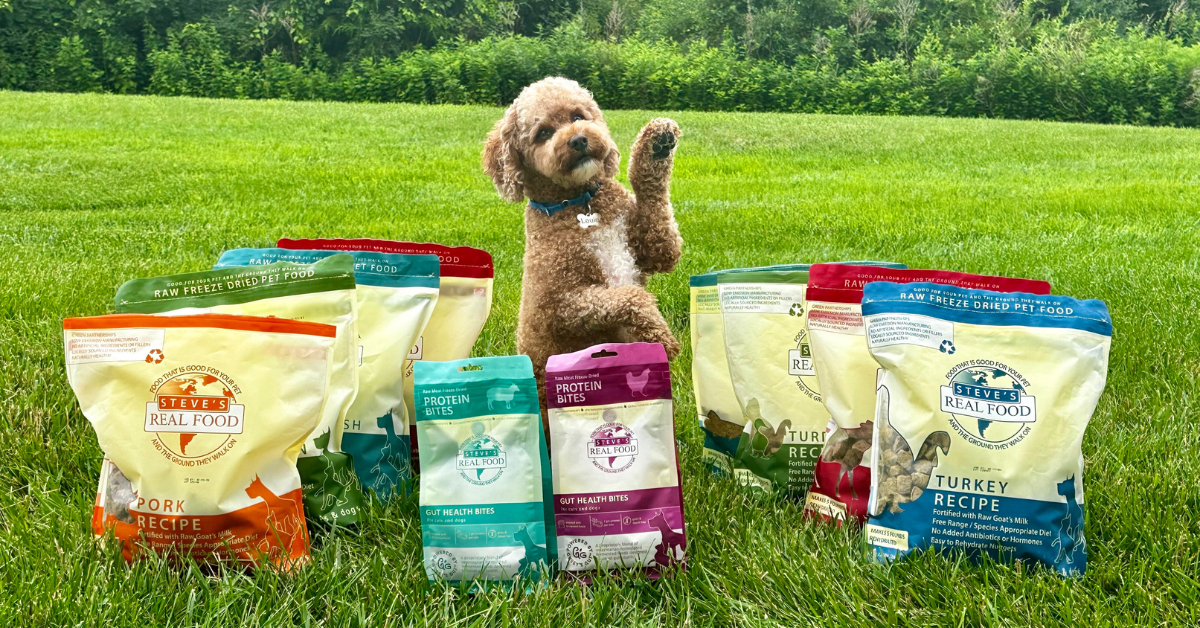Most dogs don’t simply wake up one day and decide they’re tired of eating. While some dogs are naturally picky eaters, a sudden change in eating habits can be a sign of something more significant.
If your dog has recently become picky, it’s important to step back and look at the bigger picture. Consider asking yourself the following questions to help identify potential causes:
-
Have they started any new medications or parasite preventatives (like flea and tick treatments)?
-
Did they recently receive any vaccinations?
-
Have you noticed any changes in behavior around the same time?
-
Has their energy level shifted—either up or down?
-
Are there any physical changes, such as weight loss/gain or a change in how they walk?
-
Have they been eating the same food and flavor for a long period?
-
How is their stool quality?
-
Has there been a change in the household dynamic—such as a new person or pet, or someone leaving?
While we can’t list every possible factor, sudden pickiness is often the result of an underlying issue. Illness, discomfort, stress, or even boredom with the same food can all play a role. Identifying the root cause is the first step in helping your dog feel like themselves again.
Look At The Whole Process and Then Break the Habit
The best starting point is to get some perspective on this picky habit. Look at the entire process, not just when you set the bowl in front of your dog, and they sniff it and give you the “seriously?” look. We are creatures of habit, and dogs can be as well. Is the leadup to mealtime almost always the same? What about the time and the place that you serve it?
Look for any factors that repeat every single meal and then change things up. If you usually make coffee and then serve breakfast, try waiting until after you finish your coffee or take your dog for a short walk before serving their food. We’ll talk about some more specific tips to try. It is essential to recognize that breaking the habit of pickiness starts with identifying the things happening around mealtime that never change and changing them!
Adjustments Inside the Bowl
Is there something about the food in the bowl that is turning your dog off? Here are some tips to try:
- Adjust the temperature. Many dogs are sensitive to temperature, especially when the food is cold, which may cause them to refuse a meal. If you’re serving raw food directly from the fridge, try giving it an hour to warm up on the counter. You can optionally mix in a little hot water right before serving to warm it up more.
- Adjust the moisture level. Adding some extra water may be just the ticket for piquing your dog’s interest. Alternatively, if you’re feeding the freeze-dried food and they won’t eat it once you have rehydrated it, try adjusting the amount of water you add. Some pets prefer it with lots of water; others just want a little less. Mix up small amounts to find your dog’s sweet spot before you try a whole meal.
- Add more variety. If you’ve been feeding Beef for six months and your dog suddenly isn’t interested… can you blame them? I wouldn’t want one thing for every single meal, either. Rotating your proteins not only makes things more exciting but it can guard against developing food allergies or sensitivities as well. Feeding only one thing for too long does not protect a dog from digestive issues. In fact, it’s one of the most significant contributors to sensitive stomachs.
- Adjust your portion sizes. If your dog eats some of their meal and leaves the rest in the bowl, you may be offering too much. If they consistently leave food but their weight is stable, they probably need less each meal. Or they’re getting too many treats or extras between meals, which is very common. If you know they’re getting the right amount, try adjusting the size of each meal. Feed a small breakfast followed by a larger dinner. You may also need to change your feeding times.
- Add meal toppers. We recommend trying most of the other things in this article first. Toppers can be a fantastic way to add extra benefits tailored to your pet, but we often use them as a band-aid, meaning if you stop adding the topper, your pet returns to being picky. That’s why you should figure out how to remedy the pickiness first. If you want to add toppers, our freeze-dried Protein Bites work fabulously well – they’re tasty and full of beneficial nutrients. For more ideas for real-food toppers, check out our blog: Do Dogs On a Raw Diet Need Supplements?
Adjustments to the Bowl
It isn’t just what you feed; where and how you feed also matters.
- Consider where the bowl is located. Are you feeding in a high-traffic location that may cause stress or make your dog feel exposed while eating? Even friendly, well-loved dogs prefer to be left alone during mealtime. This is instinct left over from their lives in the wild, where food is a closely guarded resource that often draws competition. Your dog knows you aren’t going to eat his food or attack him, but he just can’t shake the feeling…
Many dogs prefer to eat where they have a clear view of the area around them, so don’t back them into a corner or right up against a wall. Allow them enough room to circle the bowl during feeding and keep them out of high-traffic areas. For a little fun, try feeding your dog outside, where they can show off their natural feeding behaviors. - Switch out your bowl for a plate or platter. Imagine a night out at the movies with a bucket of popcorn. Delicious. But you have to eat it without using your hands. It doesn’t sound as much fun, does it? The sides of the bowl block your view and bump into your face. It’s uncomfortable, and you lose sight of the people around you every time you go back in for another bite. Eating from a bowl isn’t pleasant for dogs, either. Their noses bump into it as they try to get all the food. Our friend, Dr. Carol Smeja, founder of the Mine Pet Platter, has shared some excellent research on why the bowl isn’t the best dish for dogs; you can check out an interview we did with her here: Is How You Feed Just As Important As What You Feed?
If you have a picky dog, try switching the bowl for a plate or platter. Spread the food out so the dog can investigate different smells throughout the meal. Again, set it outside for some extra fun.
Will a pet platter be the difference between a picky dog and a chow hound? Probably not, but it’s a part of breaking the habit of pickiness. Change the variables that you can.
Adjustments To Mealtime and Beyond
If I take my kids out for ice cream an hour before dinner, there is zero chance they’ll eat well at dinner time. Likewise, if they spend a long summer day lying around the house, they won’t have nearly the appetite they would on a day spent outside exercising and playing. If they know they can turn up their nose at dinner, and I’ll break down and make them corndogs, what’s to stop them from doing that all the time?
Pet parents often struggle with this. It’s hard to watch your dog turn down a meal when you know they won’t get anything until dinner time, and it’s very tempting to give them a treat to make them eat, maybe a slice of cheese or some leftover chicken breast from last night, or some tasty dog treats. Once they’ve learned that they can just skip their meal and get dessert instead, it’s challenging to get them to stop. It’s essential to be firm. It may take a few days of them feeling hungry, but it will ultimately help them adjust. It’s not like they can open the fridge themselves and make a sandwich; they rely on you breaking down and sneaking them a snack. Here are some things to consider:
- Are you feeding treats or food from the fridge between meals, or when they won’t eat? If so, stop doing it until your dog has healthier eating habits, as this is one of the biggest contributors to picky dogs staying picky. Snacks and treats can make up to 10% of your dog’s diet, but once they go over that, you risk unbalancing it and depriving your dog of essential nutrients. Nourished and “not hungry” are two very different things. Offer a meal and pick it back up after 30 minutes. After that, don’t offer food again until the next meal. Be strong; even if your dog tells you he’s starving – he’s not. Dogs with certain medical conditions, such as diabetes or very tiny dogs, should not skip meals, but healthy dogs will be fine until dinner.
- Is your dog getting enough exercise? Make time to get them outside and panting at least once daily. Exercise is just as important as good food and a great way to work up an appetite. Work up to it slowly if you have a senior or a couch potato.
- Is your dog not hungry at regular mealtimes? Shifting breakfast or dinner earlier or later helps time meals better with their natural rhythms. Pay attention when they ask for treats or snacks; if it’s the same time every day, try offering them a meal. We often get stuck on “breakfast” and “dinner,” but there are no rules that every meal must fall within those times.
Think about what other changes you can make to break the cycle of being picky and to make food feel rewarding and enjoyable. For most dogs, mealtime is one of the best times of the day, so it’s worth investing some time into making it enjoyable.
One way to help create more positive associations with eating is to use meals as a reward. Do a nice training session before mealtime, and then offer the meal with all the “you’ve earned this!” enthusiasm you can muster. You won’t have to do this forever; we’re just trying to create more positivity associated with meals.nIt won’t likely make all the difference, but it’s another part of breaking the pickiness habit.
When you start thinking outside the bowl, you take control of variables besides what you’re serving, including anything you may be doing to reinforce pickiness. There is rarely one “perfect food” that your pet will love at every meal, and searching for it can be financially draining. Instead, think of picky eating as a behavior to help your dog overcome; it’ll be much better for both of you in the long run.
When To Talk To Your Veterinarian
If pickiness is an ongoing problem, you can bring it up at your next appointment to ensure there is no underlying health issue causing it. There are a few situations where you should reach out to your vet sooner than your next appointment:
- Young puppies– Puppies six months or younger should see a vet immediately if they are reluctant to eat.
- Dogs who act hungry but won’t eat or only eat very soft foods– This can be a sign that something is wrong and should be looked into ASAP.
- Diabetic dogs– If your dog is diabetic and has become picky, it’s time to talk to the vet.
- Dogs exhibiting other symptoms– Contact your vet if lethargy, diarrhea, other stomach issues, weight loss, or any other symptoms accompany pickiness.
This is not a comprehensive list, and remember that you are your pet’s best advocate, so if you feel that something isn’t right, call in the pros!
 Beef
Beef Chicken
Chicken Whitefish
Whitefish Pork
Pork Lamb
Lamb Turkey
Turkey Turducken
Turducken All Protein
All Protein Beef
Beef Chicken
Chicken White Fish
White Fish Pork
Pork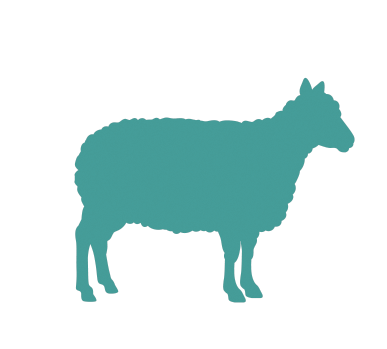 Lamb
Lamb Turkey
Turkey Duck
Duck All Products
All Products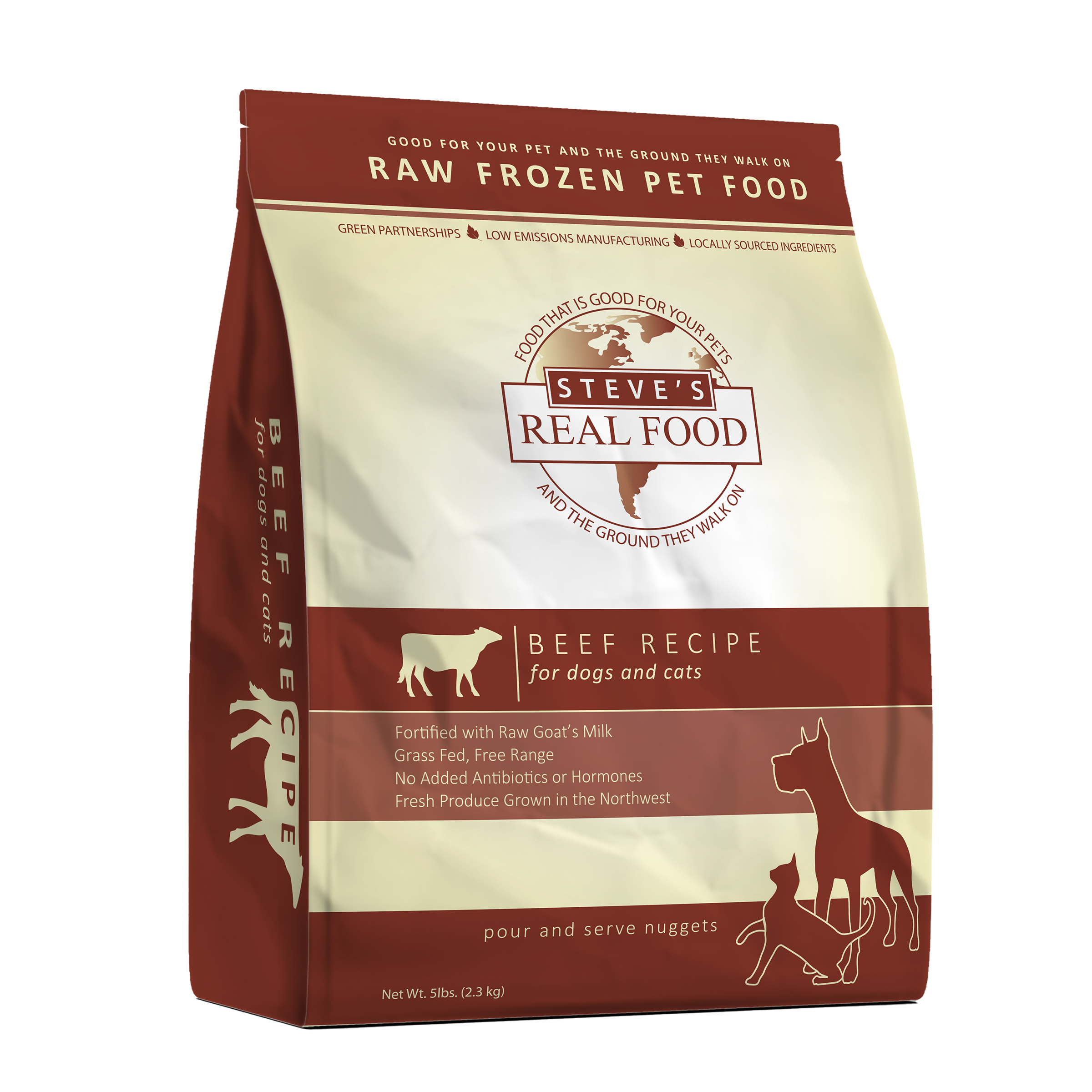 Frozen Raw Pet Food
Frozen Raw Pet Food
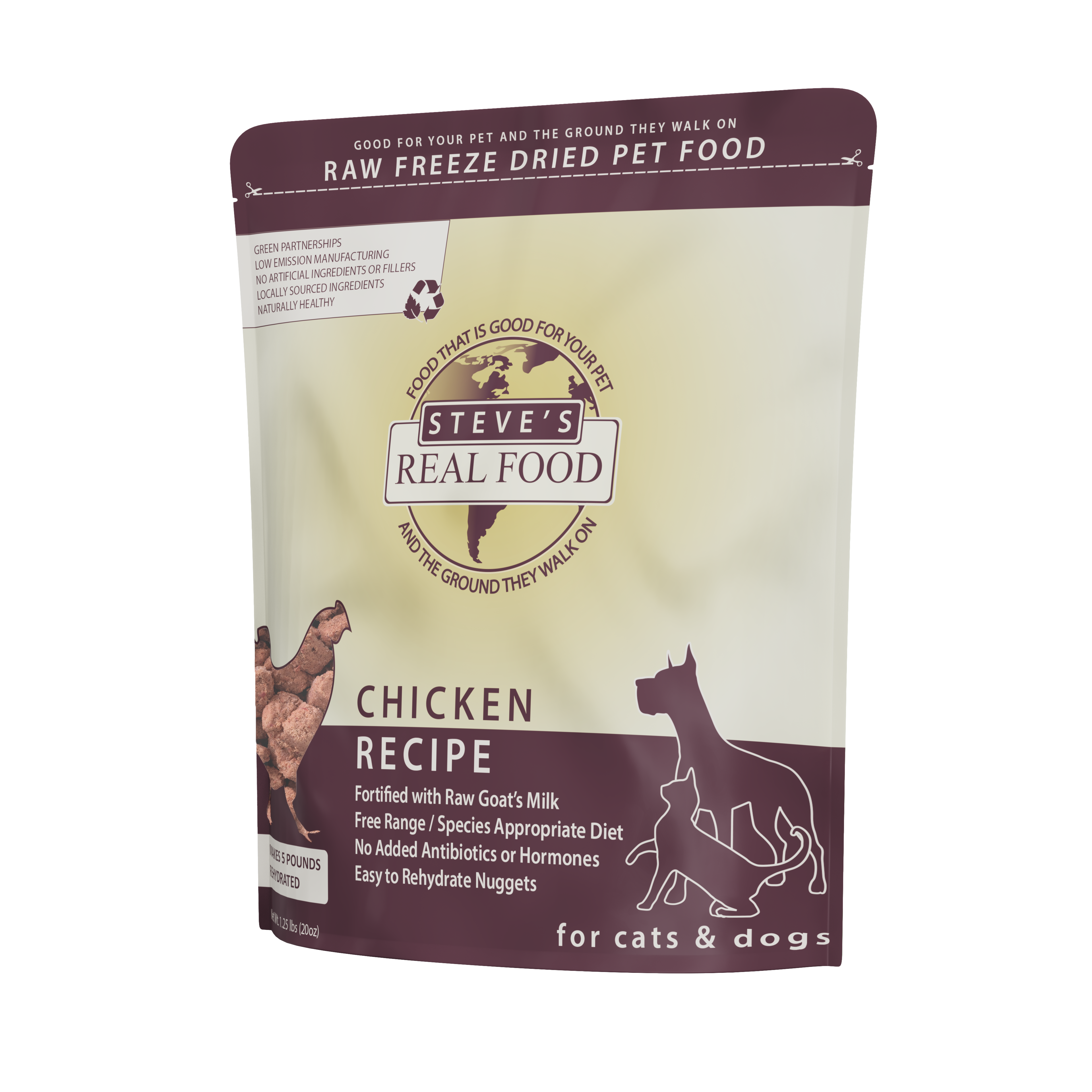 Freeze Dried Raw Pet Food
Freeze Dried Raw Pet Food
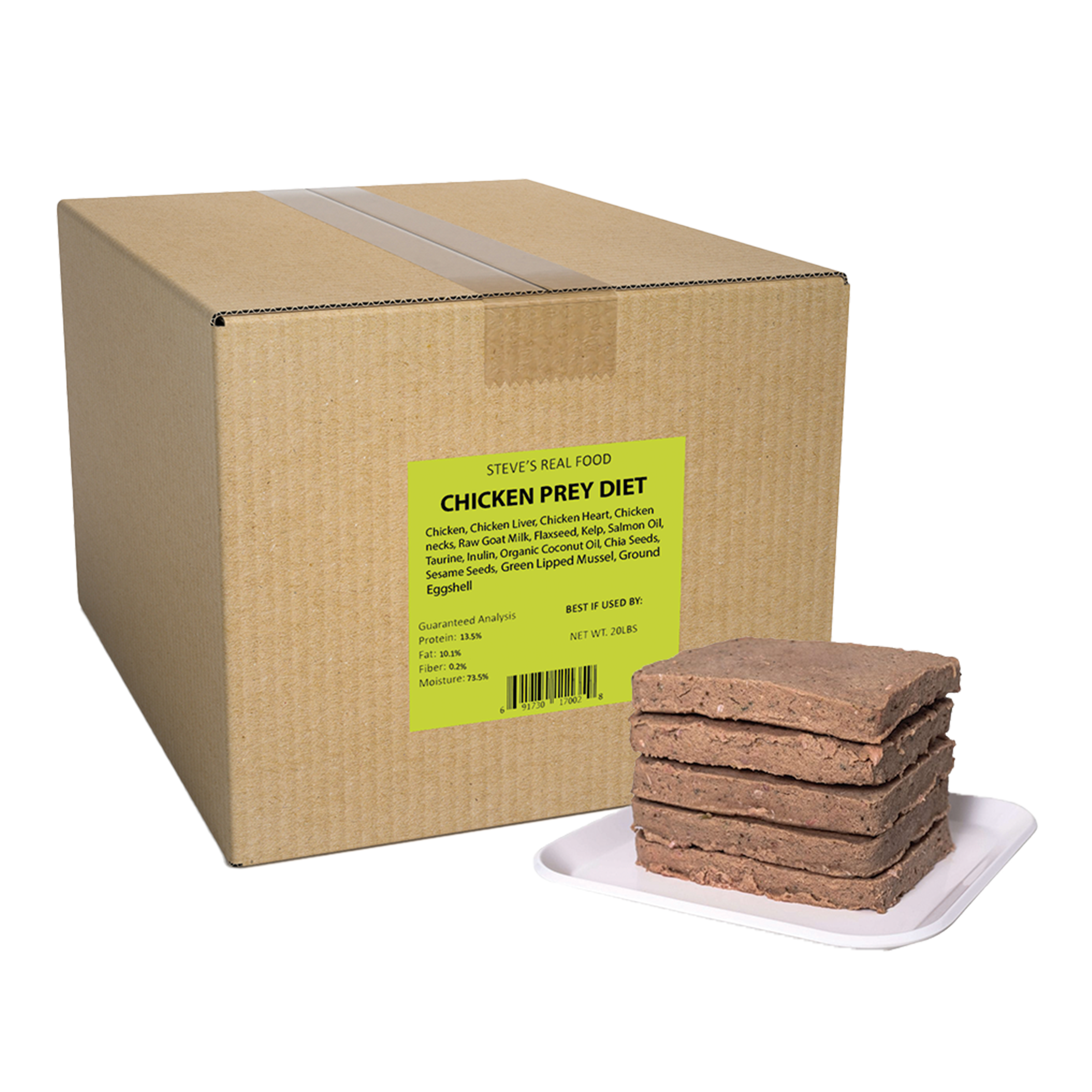 Frozen Prey Diet
Frozen Prey Diet
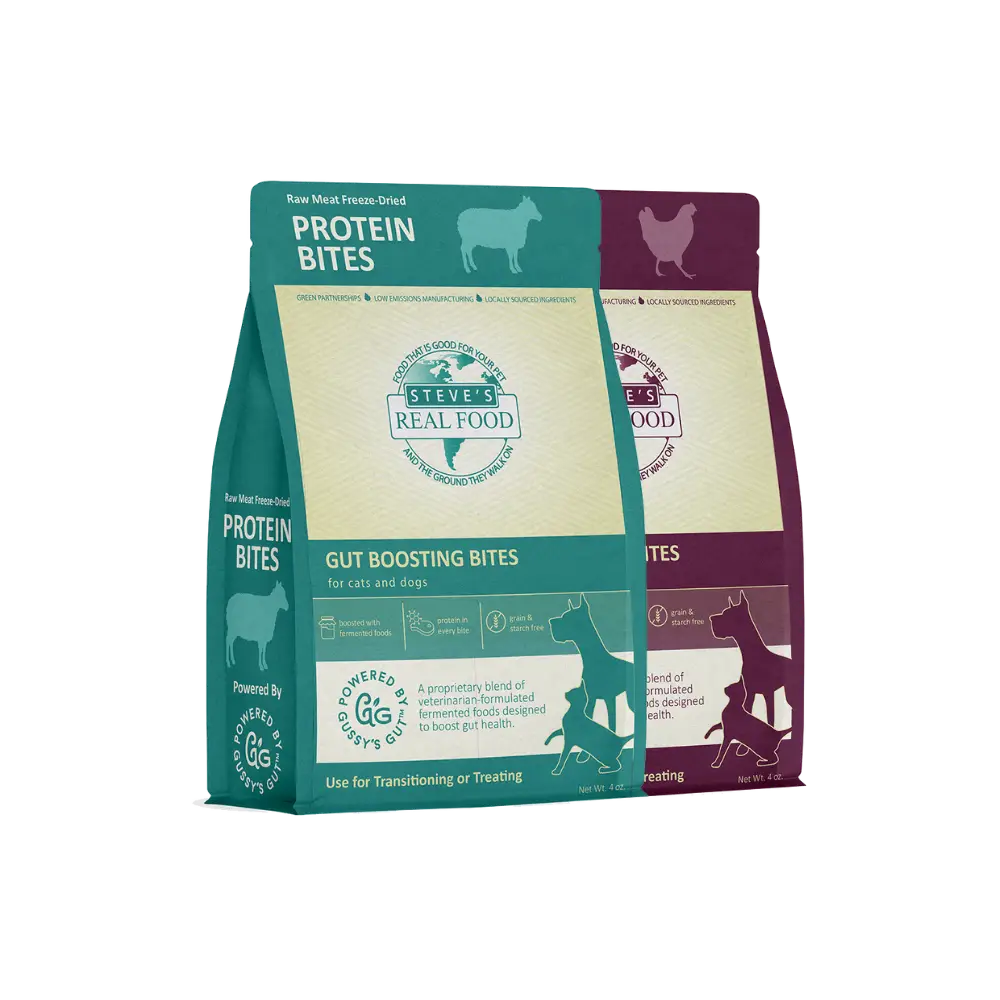 Freeze Dried Protein Bites
Freeze Dried Protein Bites
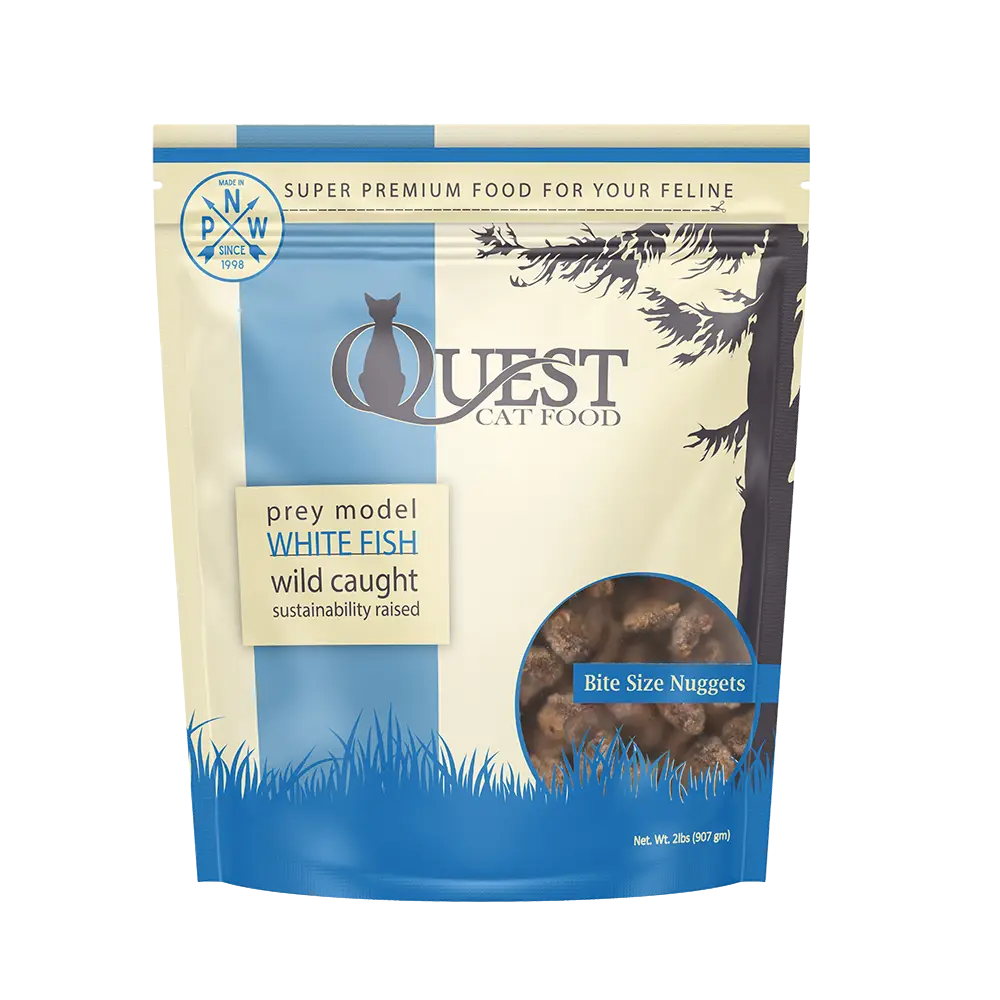 Frozen Quest
Frozen Quest
 Freeze Dried Quest
Freeze Dried Quest
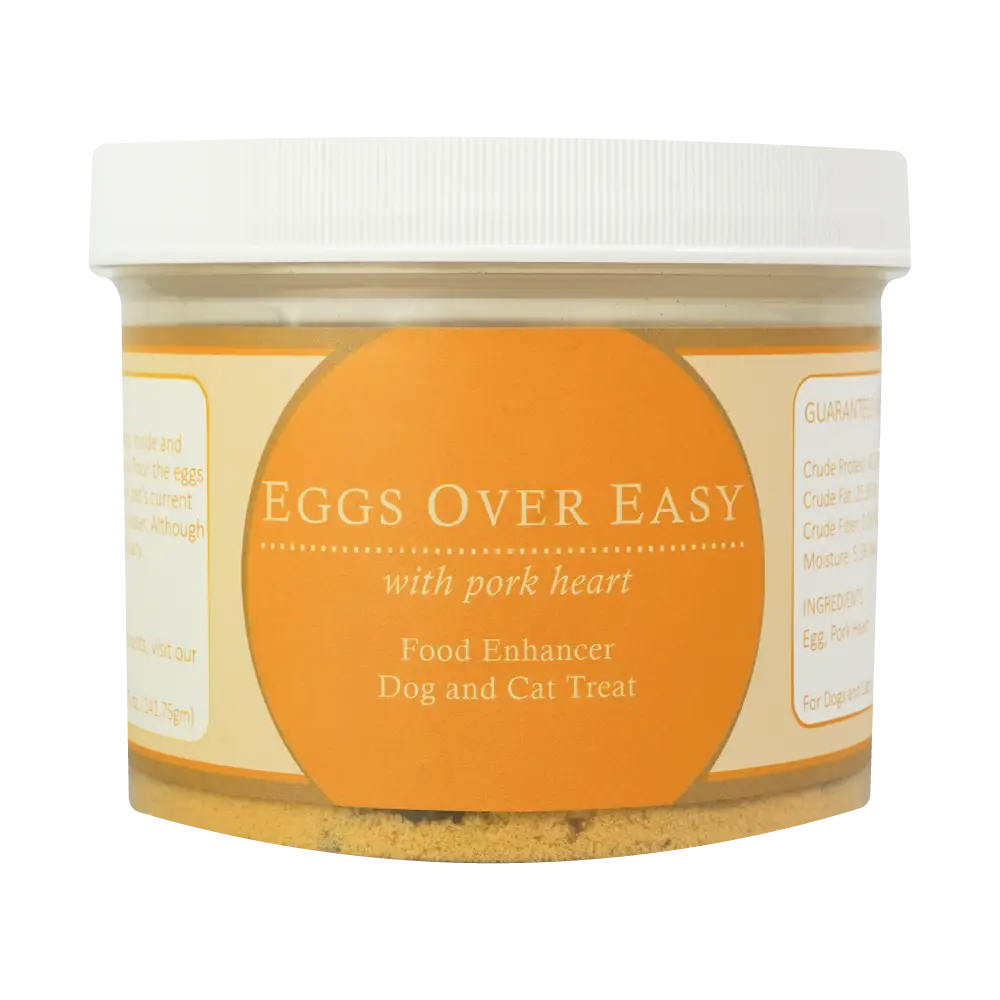 Eggs over Easy
Eggs over Easy
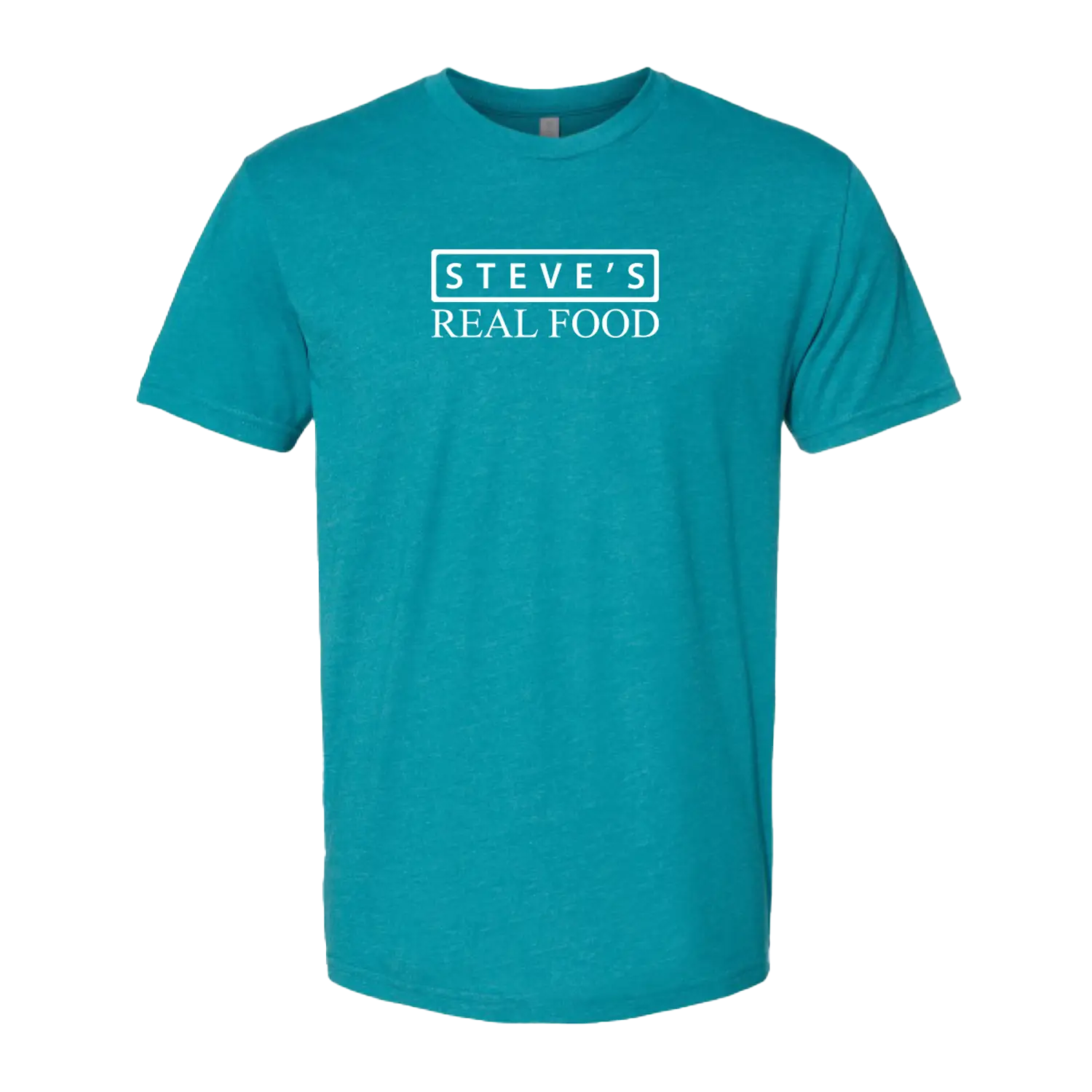 Steve's Merch
Steve's Merch 